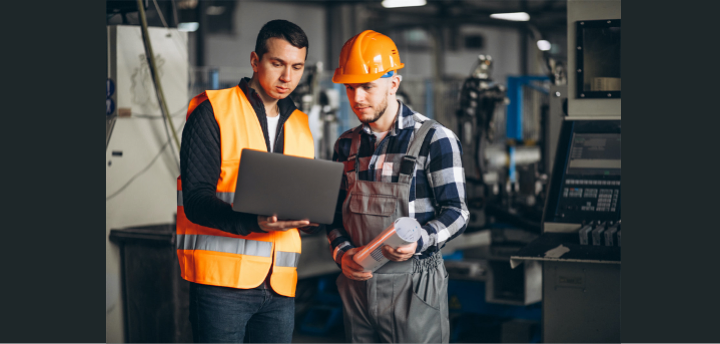Five Reasons to Consider Cobots in Your Production
Join the I4MS Community to read more articles like this
The Danish Technological Institute (DTI) is developing and testing a variety of collaborative robot solutions and has wide experience with the implementation of new robotic technologies. Technology Manager Søren Peter Johansen of DTI gives five good reasons why collaborative robots are and will be popular.
1. Price
If you choose to automate only the simplest 80 percent of a production process, the solution will typically be significantly cheaper than a fully automated solution. You can leave the remaining 20 percent (the technologically difficult sub-processes) to a human operator. This means that the robot may, for example, do only the dirty work such as heavy lifting or many monotonous repetitions, and has a human companion to perform the work that is more variable and requires a little more ingenuity.
2. Safety
Sharing processes between the robot and the operator means that operators often come into close contact with the robots. Therefore the robot must be safe – safety requirements for collaborative robots are far tougher than for closed robot cells.
3. Flexibility
Collaborative robots – in contrast to large robot cells that are either heavy maybe bolted to the floor – can typically be moved around the production area and potentially used in more than one production process. Companies that do not mass produce a product, but instead produce many product variations and different products (High Mix / Low Volume), can benefit from using collaborative robots because of the options of rapid relocation to where their work is needed, and rapid reconfiguration to deal with new tasks.
4. Ease
Because collaborative robots are distinguished by being flexible, they are often also much more user-friendly than their more traditional robot colleagues. It is normally easy for ordinary production workers to manage and reconfigure the robot.
5. Improving Employees
Collaborative robots can perform tasks that are hard and laborious for human employees, and enable employees to produce faster, more safely and efficiently. Companies with collaborative robots are more likely to make products at a price that can compete with products produced in countries with cheaper labour. Businesses can also benefit from employees who have some spare capacity to e.g. devise new and creative methods of production and process optimization.
In this video you can see an example of a collaborative robot developed in cooperation with Danfoss Drives in the European robot initiative ROBOTT-NET. Read more about it here.
Agile Production Funding
Did you know, that you can apply for funding through DIH2 right now if you are a:
- manufacturing SMEs or slightly bigger company facing Agile Production challenges in which robotics might be an enabling factor
- technology provider specialised in technology transfer or integration to end-users.
Jane Hagelskjær, DTI
Join the I4MS Community to read more articles like this one, where you will also find:
– Information about Open calls and funding opportunities for SMEs and mid-caps;
– Access to more than 1000 members of the Industry 4.0 ecosystem;
– Inspiration from other members on the use of I4MS technologies and its benefits;
– News and event about emerging technologies applied to manufacturing.


